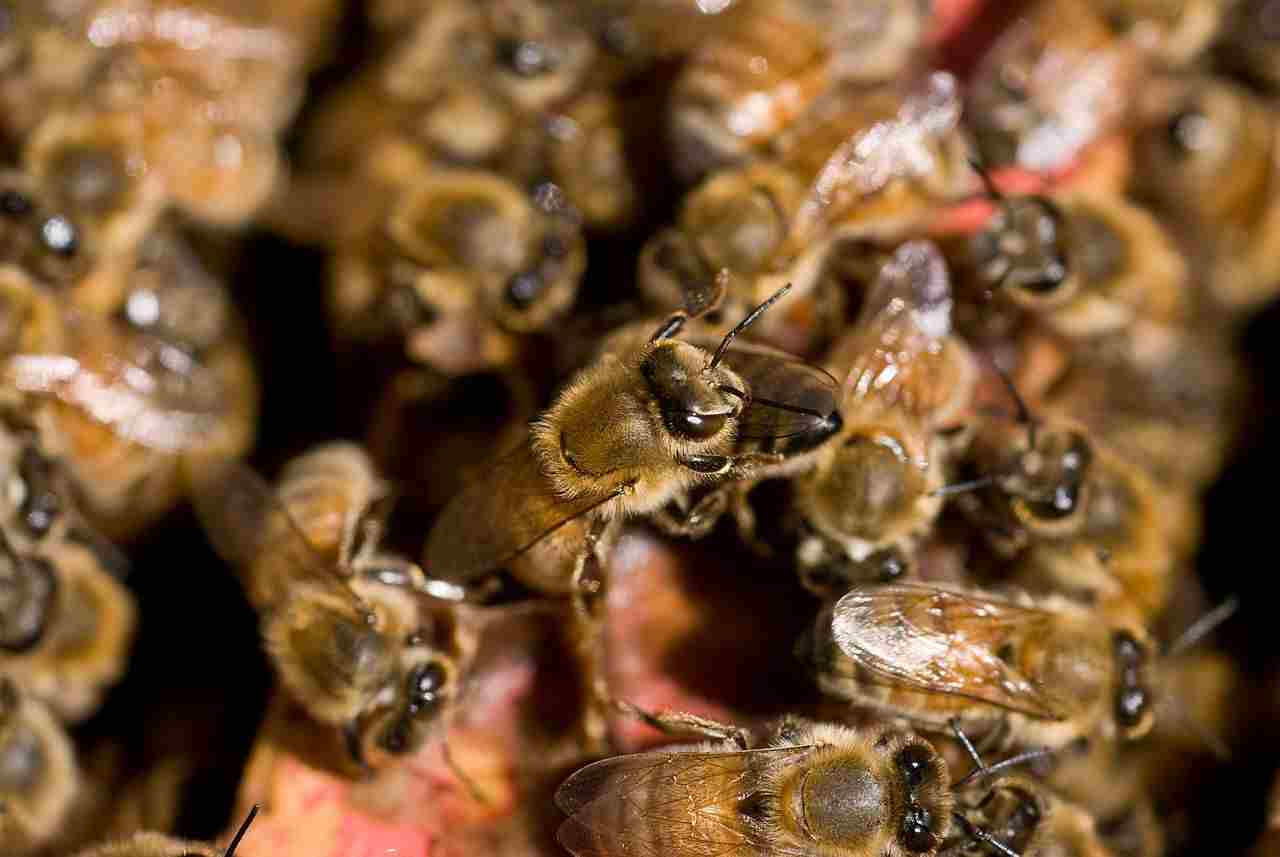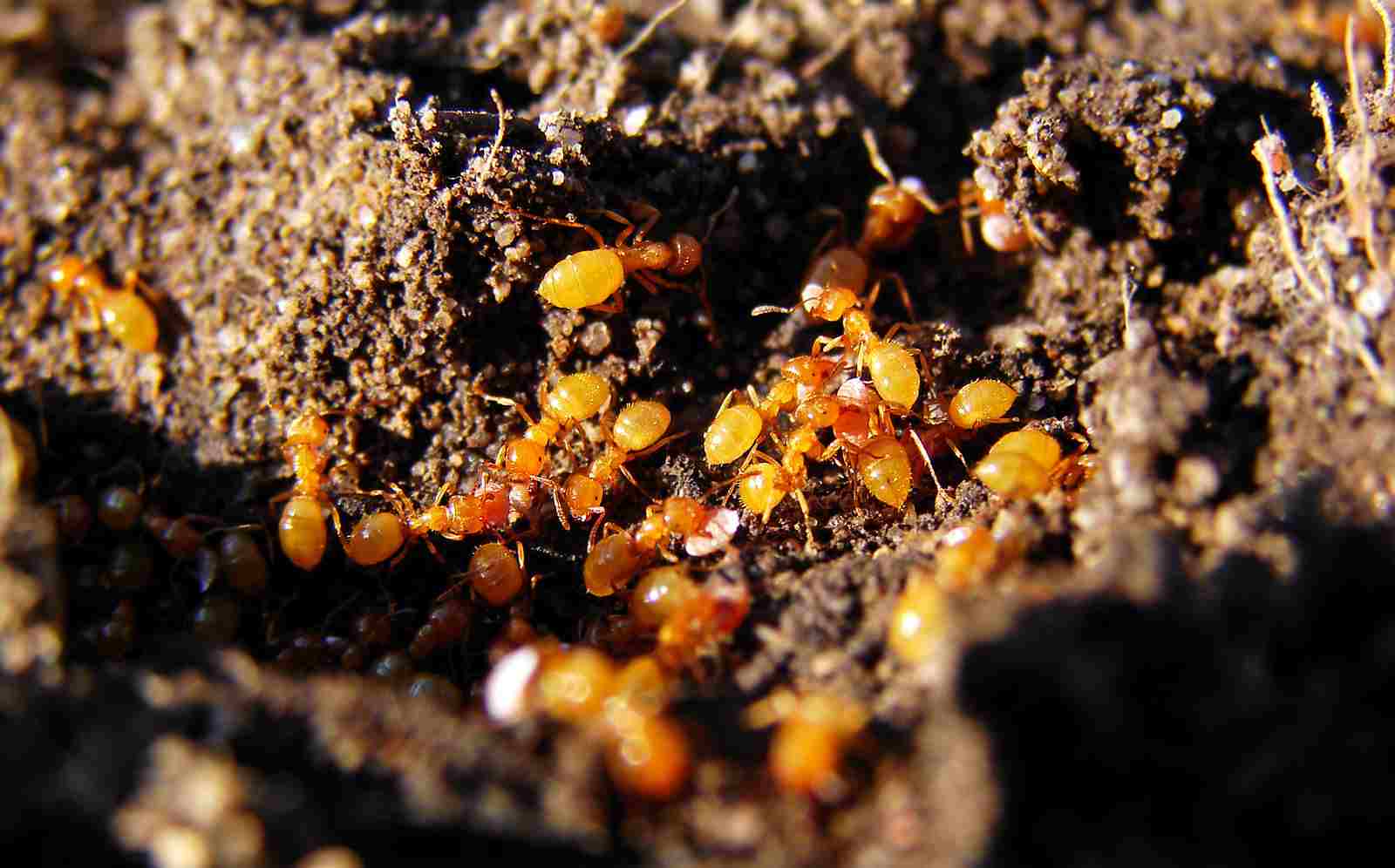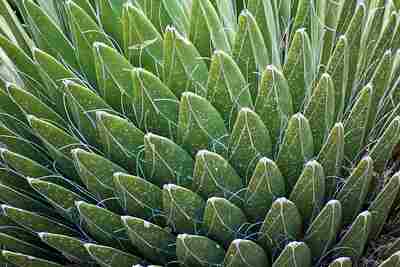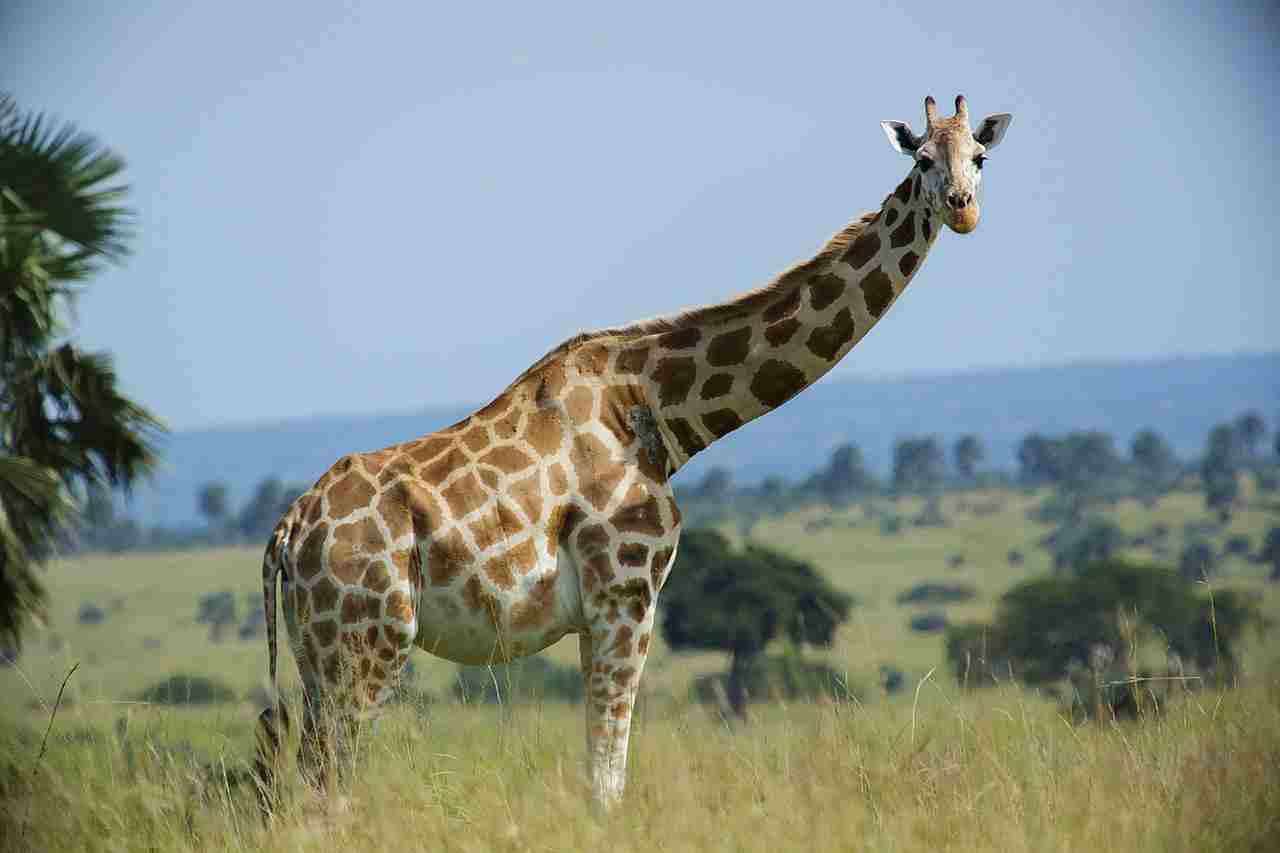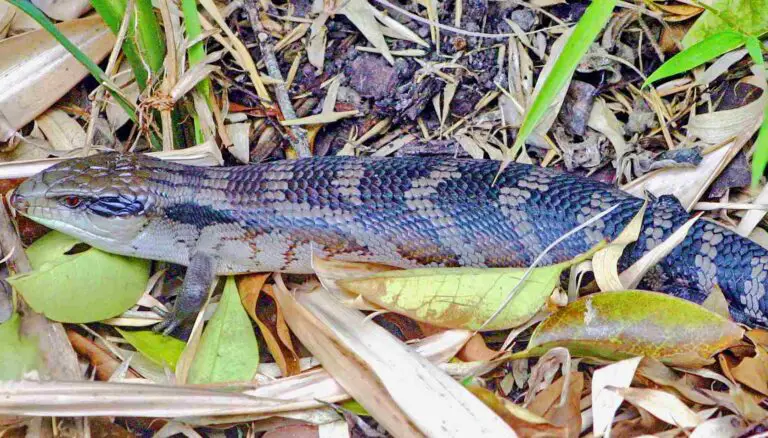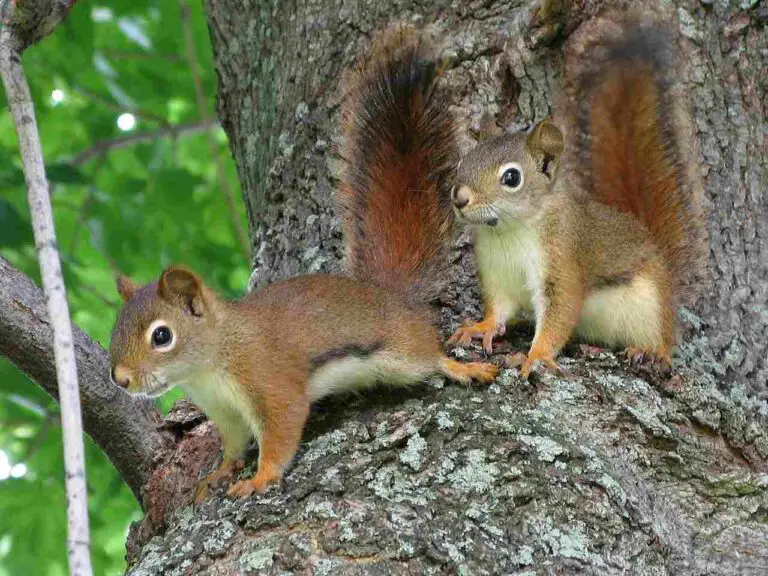Is a Butterfly a Herbivore? Butterfly Food Chain Position and Role
Yes, a butterfly is indeed a herbivore. Throughout its life stages, most butterfly species solely consume plant matter, primarily nectar from flowers. As larvae, they feed on leaves, stems, and other parts of plants. This makes them first-level consumers, or primary consumers, in the food chain, as they directly consume plant material for energy.
Reasons Why a Butterfly is a Herbivore
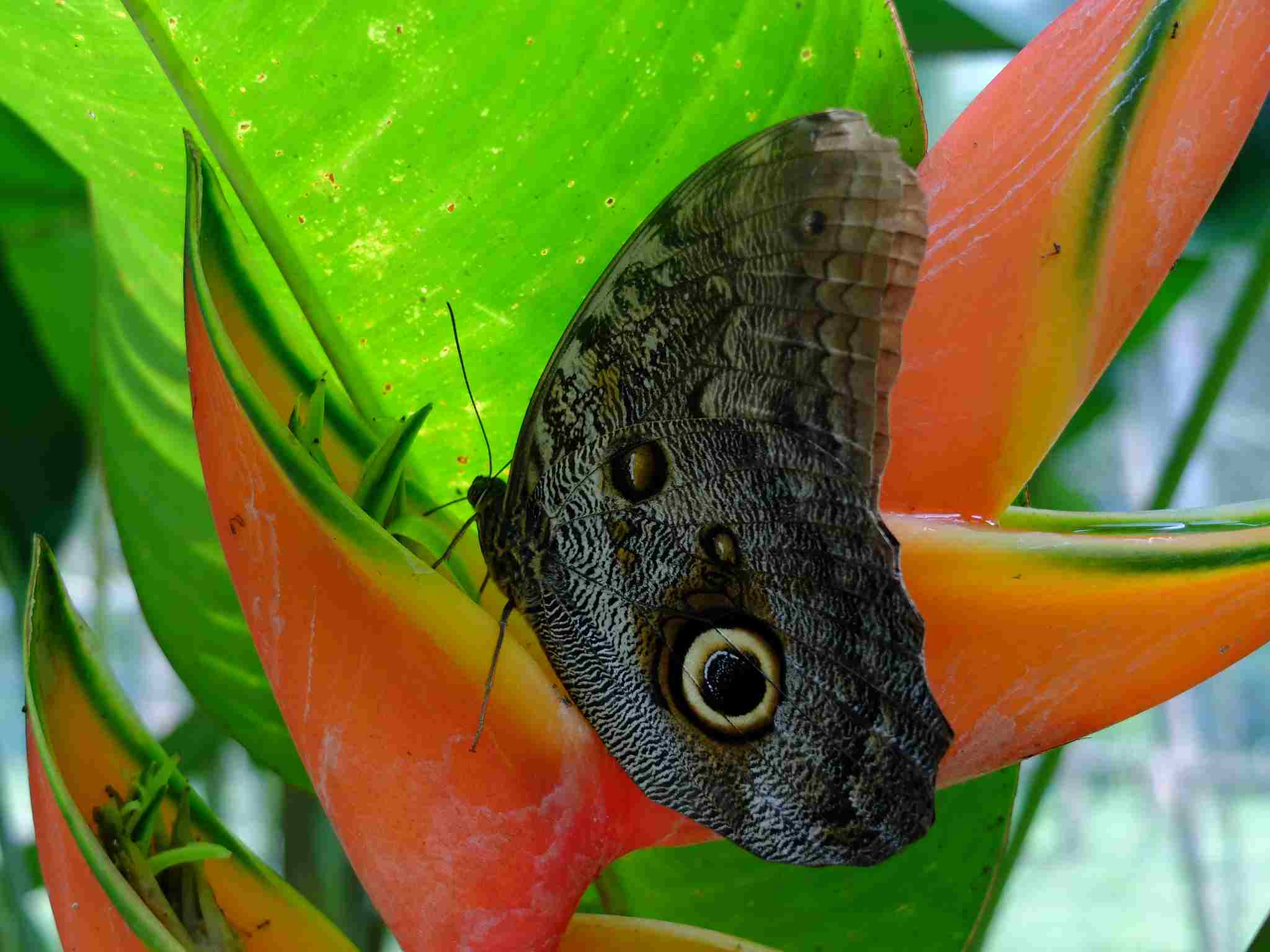
-
Dietary Habits: Butterflies primarily feed on plant materials such as nectar, pollen, and various parts of plants during their larval stage. This herbivorous diet sustains them throughout their life cycle.
-
Morphological Adaptations: Butterflies have specialized mouthparts, such as a proboscis, which are well-suited for sipping nectar from flowers. Their digestive system is also adapted to process plant matter efficiently.
-
Ecological Role: As herbivores, butterflies play a crucial role in pollination by transferring pollen from one flower to another as they feed on nectar. This interaction contributes to the reproductive success of many plant species and maintains ecosystem balance.
Are Butterflies Omnivores?
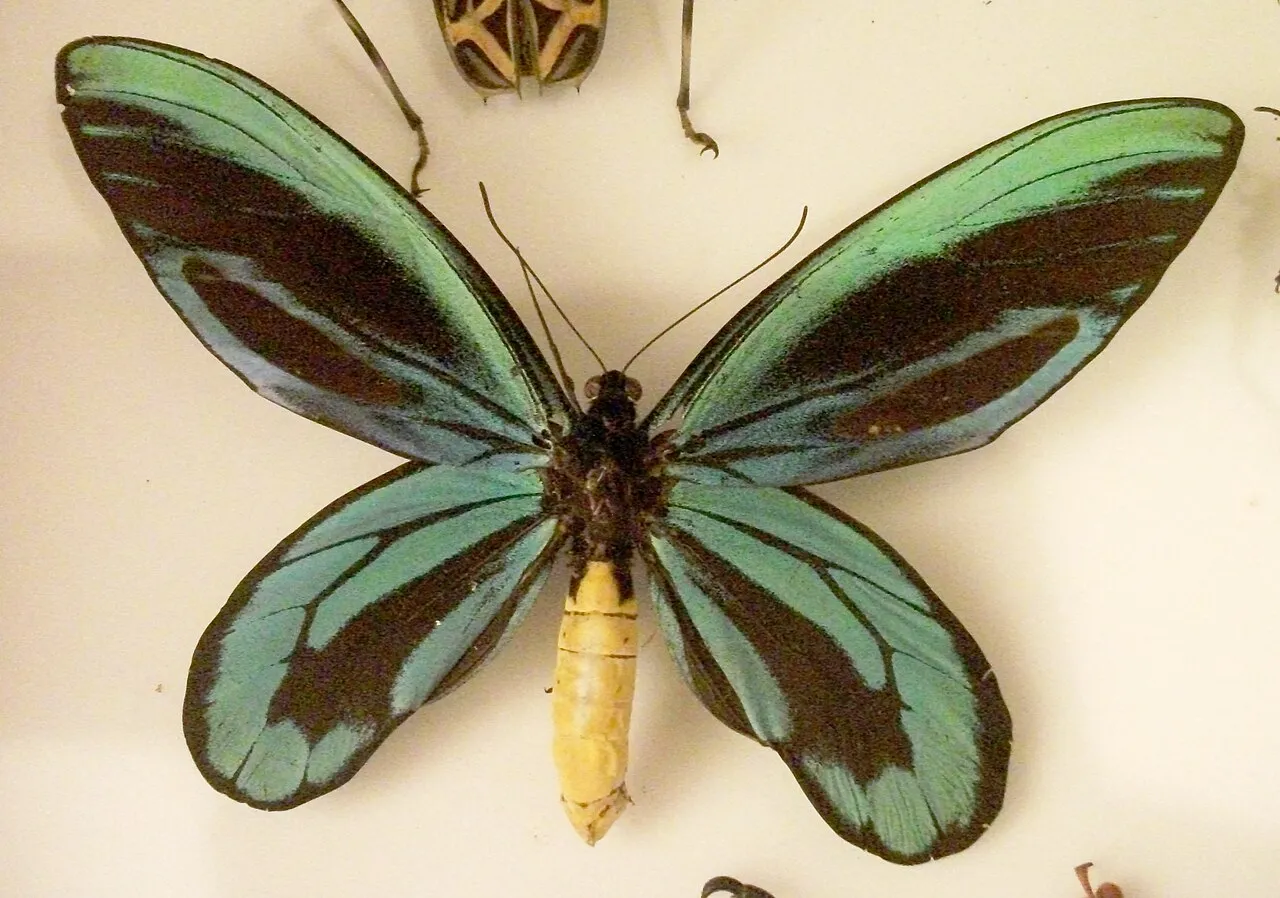
No, butterflies are not omnivores. Unlike omnivores, which consume both plant and animal matter, butterflies primarily feed on plant materials throughout their life stages. Their diet consists mainly of nectar, pollen, and various parts of plants, making them exclusively herbivorous.
Reasons Why Butterflies are Not Omnivores
-
Dietary Preference: Butterflies have a specialized diet that consists primarily of plant materials such as nectar, pollen, and leaves. They lack adaptations for hunting or consuming animal matter, indicating a strict herbivorous nature.
-
Physiological Adaptations: Butterflies possess mouthparts adapted for sipping nectar from flowers, rather than for capturing and consuming animal prey. Their digestive system is designed to process plant matter efficiently, further supporting their herbivorous lifestyle.
-
Behavioral Observations: Observations of butterfly feeding behavior consistently show their preference for floral resources and lack of interest in consuming animal matter. This behavior reinforces their classification as herbivores rather than omnivores.
-
Ecological Role: Butterflies play a vital role in pollination by transferring pollen from one flower to another as they feed on nectar. Their dependence on floral resources underscores their role as herbivores in maintaining ecosystem balance, rather than participating in carnivorous or omnivorous activities.
Are Butterflies Carnivores?
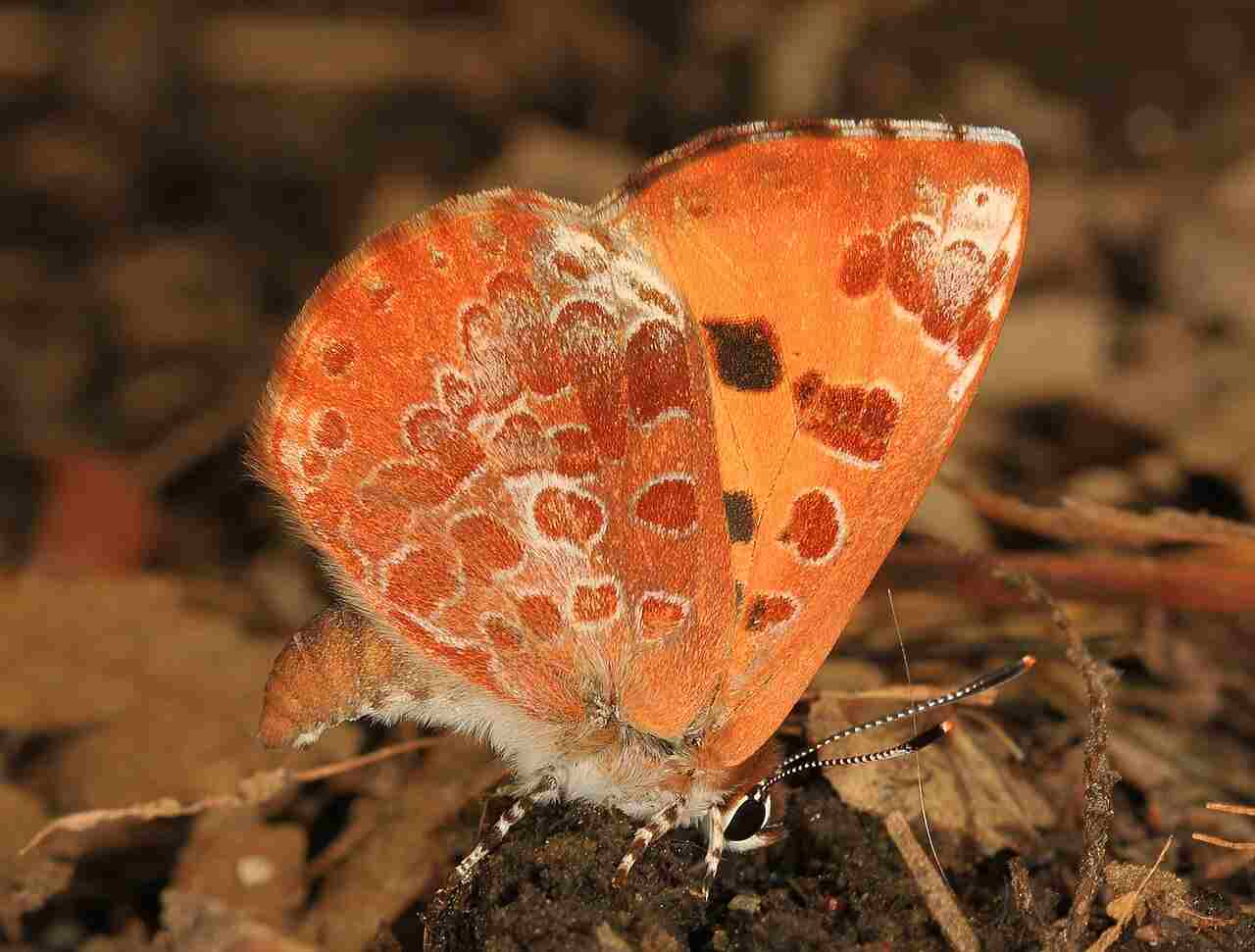
Most butterflies are not carnivores. While there are a few exceptions among butterfly species that exhibit carnivorous behavior during their larval stage, the majority of butterflies primarily consume plant matter throughout their life cycle. Their feeding habits, specialized mouthparts for sipping nectar, and ecological roles as pollinators all indicate a herbivorous rather than carnivorous nature.
Reasons Why Most Butterflies are Not Carnivores
-
Dietary Preference: The diet of most butterflies consists primarily of plant materials, including nectar, pollen, and leaves. They lack adaptations for hunting or consuming animal prey, indicating a preference for herbivorous feeding habits.
-
Morphological Adaptations: Butterflies possess specialized mouthparts, such as a proboscis, which are designed for sipping nectar from flowers. Their anatomy is not suited for capturing, killing, or consuming animal prey, further supporting their herbivorous nature.
-
Ecological Role: Butterflies play a crucial role in pollination by transferring pollen from one flower to another as they feed on nectar. Their dependence on floral resources and contribution to plant reproduction highlight their importance as herbivores in maintaining ecosystem balance, rather than participating in carnivorous activities.
Is A Butterfly A Herbivore Or Omnivore?
A butterfly is primarily a herbivore. Throughout its life stages, most butterfly species solely consume plant matter, such as nectar, pollen, and various parts of plants. This dietary preference and lack of adaptations for consuming animal matter classify butterflies as herbivores rather than omnivores.
Are Butterflies Decomposers?
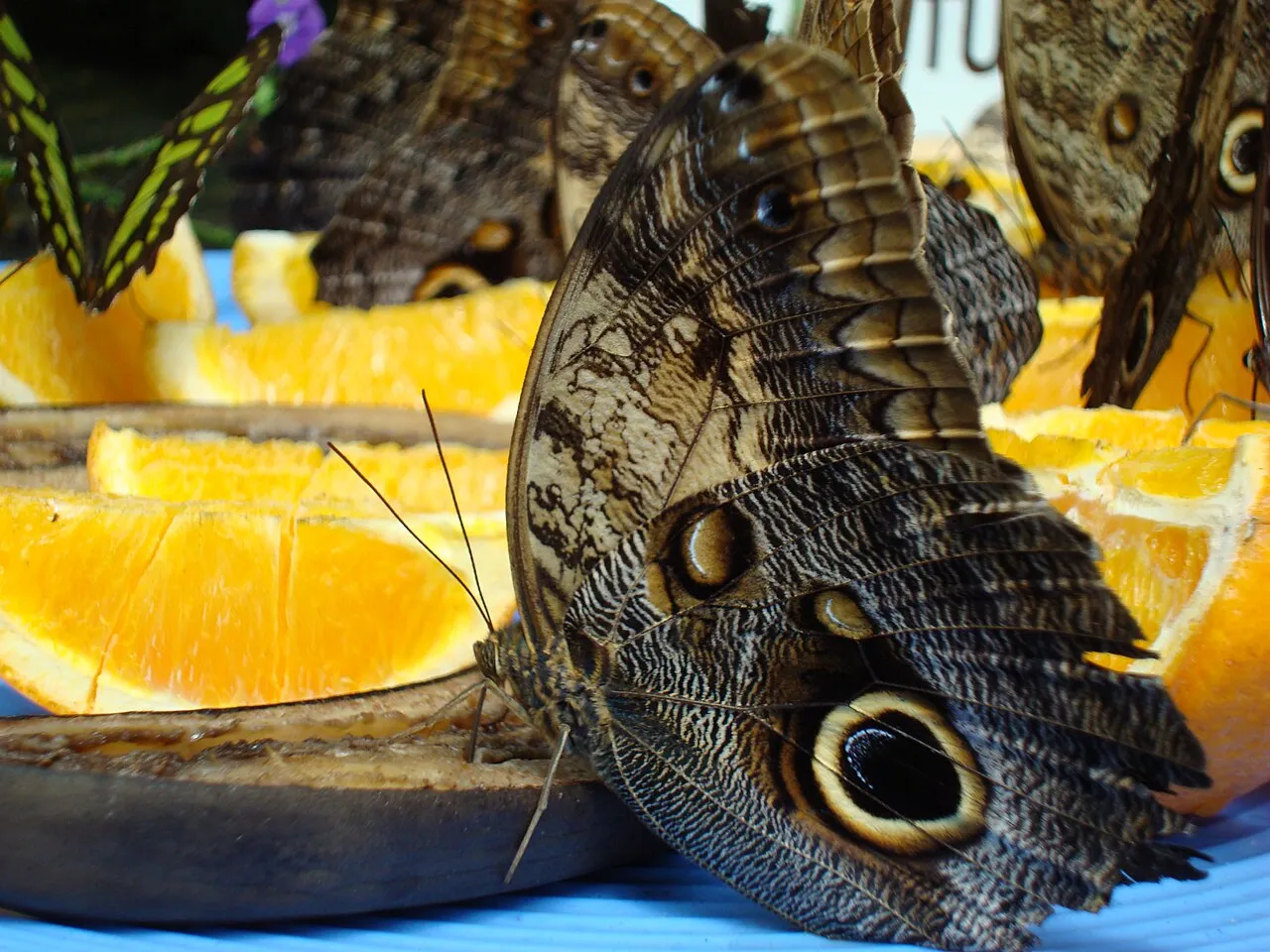
Most butterflies are not decomposers. Decomposers are organisms that break down dead organic matter, such as leaf litter or animal carcasses, into simpler substances. Butterflies, however, do not participate in the decomposition process. Instead, they primarily consume plant materials during their larval stage and feed on nectar as adults. Their ecological role is focused on pollination and herbivory rather than decomposition.
Reasons Why Most Butterflies are Not Decomposers
-
Feeding Behavior: Butterflies primarily feed on plant materials, including nectar, pollen, and leaves, throughout their life cycle. They do not consume dead organic matter, which is essential for decomposer organisms.
-
Ecological Role: Butterflies play a crucial role in pollination and herbivory within ecosystems, contributing to the reproduction of plants and maintaining balance within food webs. Their ecological niche is not associated with the decomposition process.
-
Lack of Adaptations: Butterflies lack the specialized adaptations necessary for decomposing organic matter, such as enzymes for breaking down complex molecules found in dead plant or animal material. Their morphology and physiology are geared towards herbivory and pollination rather than decomposition.
Are Butterflies Detrivores, Herbivores, or Omnivores?
Butterflies are primarily herbivores. They primarily consume plant matter, such as nectar, pollen, and leaves, throughout their life stages. This dietary preference and lack of adaptations for consuming animal matter classify butterflies as herbivores. They do not participate in scavenging or consuming dead organic matter, which would characterize them as detrivores, nor do they consume both plant and animal matter, which would classify them as omnivores.
What Type Of Animal Is A Butterfly?
A butterfly is an insect. Insects belong to the class Insecta within the phylum Arthropoda. They are characterized by their three-part body (head, thorax, and abdomen), three pairs of jointed legs, and often two pairs of wings. Butterflies, specifically, are distinguished by their colorful wings and specialized mouthparts for sipping nectar from flowers.
Is A Butterfly A Consumer?
Yes, a butterfly is a consumer. As a herbivore, it consumes organic matter derived from plants, such as nectar, pollen, and leaves. Butterflies play a vital role as consumers in ecosystems by feeding on plant resources and transferring energy through the food chain.
Is A Butterfly A Producer, Primary Consumer, Or Secondary Consumer?
A butterfly is neither a producer nor a secondary consumer; instead, it is a primary consumer. As a herbivore, it consumes plant material directly, making it a first-level consumer in the food chain. Butterflies primarily feed on nectar, pollen, and various parts of plants, placing them in the category of primary consumers.
Reasons Why a Butterfly is Not a Producer
-
Dietary Dependency: Butterflies rely on consuming organic matter derived from plants, such as nectar, pollen, and leaves, for their energy needs. They lack the ability to produce their own food through photosynthesis, which is a defining characteristic of producers.
-
Anatomical Features: Butterflies lack the specialized structures, such as chloroplasts and photosynthetic pigments, required for photosynthesis. Instead, they have mouthparts adapted for sipping nectar from flowers, indicating their dependence on consuming rather than producing organic matter.
-
Ecological Role: Butterflies play a crucial role as consumers in ecosystems by feeding on plant resources. Their role as primary consumers contributes to energy transfer within food chains, rather than participating in the production of organic matter through photosynthesis.
Are Butterflies First Level Consumers?
Yes, butterflies are first-level consumers. As herbivores, they directly consume plant material, such as nectar, pollen, and leaves, making them primary consumers in the food chain. They occupy the second trophic level, feeding directly on producers (plants) and serving as a food source for secondary consumers.
Why Butterflies are First Level Consumers
-
Dietary Habits: Butterflies primarily consume plant material, such as nectar and pollen, during their adult stage, and leaves during their larval stage. This direct consumption of plant matter places them at the first trophic level in food chains.
-
Ecological Role: As primary consumers, butterflies play a crucial role in transferring energy from producers (plants) to higher trophic levels in ecosystems. Their feeding behavior on plants helps regulate plant populations and influences plant community dynamics.
-
Energy Transfer: By feeding on plants, butterflies assimilate the energy stored in plant tissues. This energy is then transferred to predators and other organisms that consume butterflies, forming the basis of energy flow through the ecosystem.
What Consumer Eats A Butterfly?
Various consumers eat butterflies, including predators such as birds, spiders, reptiles, amphibians, and some mammals. Additionally, certain insects, such as predatory beetles and wasps, may also prey on butterflies. These predators play a role in regulating butterfly populations and maintaining ecological balance within ecosystems.
Are Monarch Butterflies Herbivores?
Yes, monarch butterflies are herbivores. Like most butterfly species, monarchs primarily feed on plant materials throughout their life cycle. As larvae (caterpillars), they feed exclusively on the leaves of milkweed plants, which contain toxins that make monarchs unpalatable to predators. As adults, monarch butterflies feed on nectar from various flowering plants, contributing to pollination as they forage. Overall, monarch butterflies are a classic example of herbivorous insects.
Is A Moth A Herbivore?
Yes, moths are primarily herbivores. Similar to butterflies, moths predominantly feed on plant materials throughout their life stages. Moth larvae, commonly known as caterpillars, often consume leaves, stems, and other parts of plants. As adults, moths typically feed on nectar from flowers, though some species may also consume sap or other plant fluids. Overall, the majority of moth species exhibit herbivorous feeding habits.
Butterfly Food Chain Position and Role
Butterflies occupy an essential position in food chains as primary consumers. They primarily feed on plant materials, such as nectar, pollen, and leaves, directly consuming energy from producers (plants). As herbivores, butterflies play a crucial role in transferring energy and nutrients from plants to higher trophic levels in ecosystems. Additionally, butterflies contribute to pollination as they feed on nectar, facilitating plant reproduction and maintaining biodiversity. Their interactions within food chains make butterflies integral components of ecosystems worldwide.
*Summary
| Aspect | Summary |
| Dietary Preference |
Butterflies are herbivores, primarily feeding on plant materials throughout their life stages.
|
| Classification |
They are not omnivores or carnivores, lacking adaptations for consuming animal matter.
|
| Decomposition Role |
Most butterflies are not decomposers, detrivores, or omnivores; they do not participate in the decomposition process.
|
| Trophic Level |
Butterflies are first-level consumers, directly consuming energy from producers (plants) in food chains.
|
| Specific Examples |
Monarch butterflies and moths are examples of herbivorous butterflies.
|
| Ecological Role |
Butterflies play a crucial role in ecosystems as primary consumers, contributing to energy transfer and pollination.
|
| Importance in Ecosystems |
Their interactions within food chains make butterflies essential components of biodiversity and ecosystem stability.
|
Related FAQs and Answers
Q: What do butterflies eat? A: Butterflies primarily feed on plant materials such as nectar, pollen, and leaves. As larvae, they consume leaves, stems, and other parts of plants, while adults mainly feed on nectar from flowers.
Q: How do butterflies contribute to pollination? A: Butterflies contribute to pollination by transferring pollen from one flower to another as they feed on nectar. This interaction facilitates plant reproduction and helps maintain biodiversity within ecosystems.
Q: Are all butterflies herbivores? A: While the majority of butterfly species are herbivores, there are exceptions. Some butterfly species exhibit carnivorous behavior during their larval stage, feeding on other insects or even carrion.
Q: What is the lifespan of a butterfly? A: The lifespan of a butterfly varies depending on the species. On average, butterflies live for about a few weeks to several months, with some species having longer lifespans, especially those that undergo migration.
Q: How do butterflies defend themselves against predators? A: Butterflies have various defense mechanisms against predators. Some species have bright colors and patterns to warn predators of their toxicity, while others mimic the appearance of toxic species. Additionally, butterflies may use rapid flight, camouflage, or startle displays to evade predators.
